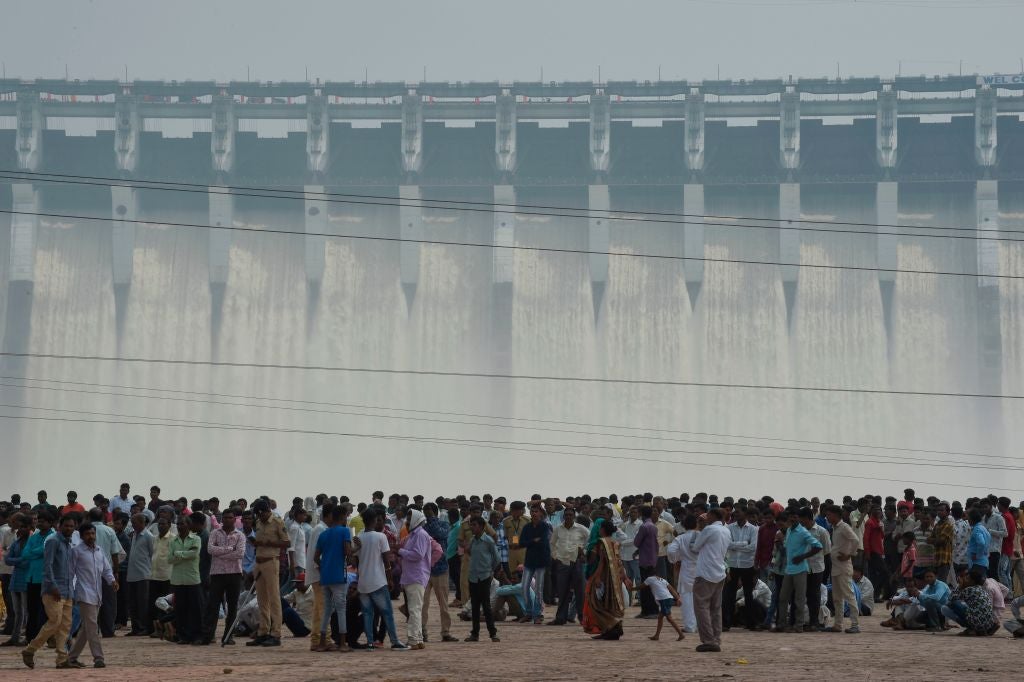India surprised the world at last November’s COP26 climate conference by announcing it would reach net zero by 2070. Soaring solar PV installations had convinced the country’s leadership India was in a position to join other large countries in pledging net zero, albeit at a date that was a decade or more later than most others.
The roll-out of Indian solar has been immense, with capacity more than doubling in less than five years, shows data from GlobalData, Energy Monitor’s parent company. In 2017, the country had 22GW of solar capacity, and by 2021 the figure was 50GW. By 2030, GlobalData predicts that, based on current policies, the country will have 204GW, a massive achievement, but nonetheless short of the 500GW of low-carbon power the country is aiming for by that year.

Much of the shortfall is going to be filled by a massive expansion of India’s hydropower capacity. The country has the largest hydropower pipeline in the world, shows data from GlobalData. The 91GW India has on the way between now and 2032 is nearly double China’s 50GW pipeline, although China has a far larger existing capacity. India’s new capacity will come on top of 52GW the country already has installed, meaning the pipeline will represent growth of nearly 200%, if it is all built.
The development of much of India’s pipeline is far from assured. According to the data, only 11.6GW is actually under construction, with the rest awaiting financing or planning permission. India’s largest upcoming hydropower plant, the 9.8GW Upper Siang plant in the mountainous north-eastern state of Arunachal Pradesh, is one such plant awaiting planning permission. The latest GlobalData analytics suggest construction is likely to commence in 2025, before the plant enters operation in 2029.
There have historically been long delays in the development of new hydropower in India, due to complex planning procedures, prolonged land acquisition and resettlement programmes, and issues around financing, says the International Hydropower Association.
However, the country’s decarbonisation plans mean it is highly likely many projects will be approved. In 2019, the government officially recognised large hydropower as a renewable power source, which means developments are now able to benefit from the country’s renewable purchase obligation, which requires power distributors to purchase a certain share of electricity from renewable sources.
India still has no clear road map to achieving its 500GW target. Rapid expansion of hydropower also comes hand in hand with the increased risk of flooding for Himalayan communities, while future droughts could mean generated power is much lower than facilities’ nameplate capacity.
However, the development prospects of new hydropower will likely continue to improve in the coming years as the government continues to spur on its decarbonisation agenda. “In India… development of a large pipeline of stalled projects is expected to resume owing to new long-term targets and financial support to meet rising power demand”, said the International Energy Agency in its 2021 hydropower market report.



